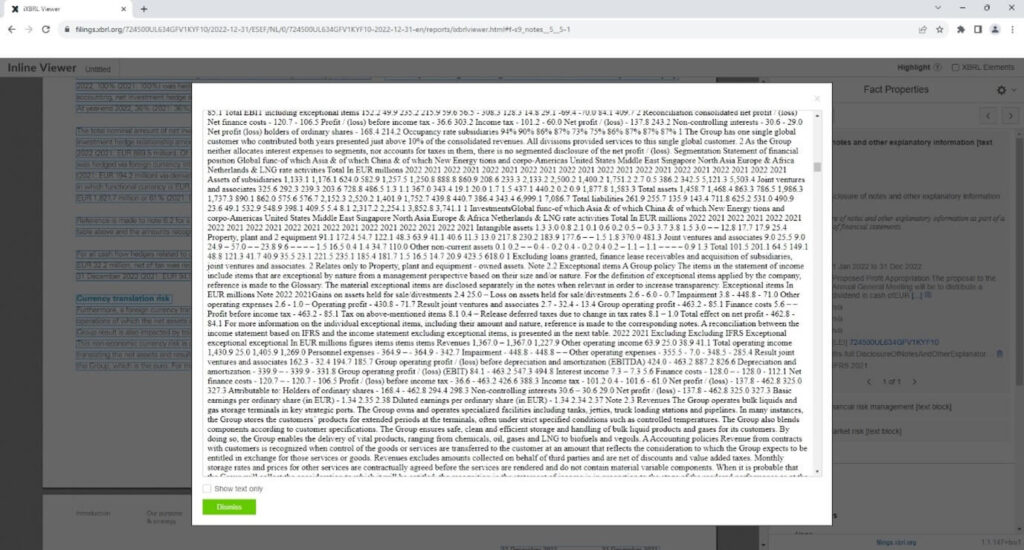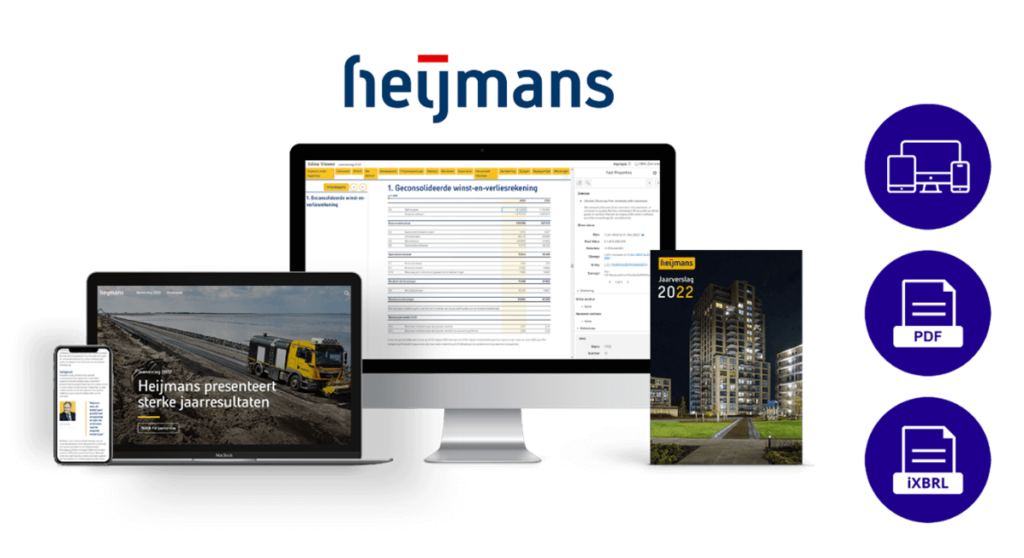How to ensure ESEF and CSRD compliance
And elevate your annual reports with a Digital-First approach
Creating, filing, and sharing annual reports is always a challenging and time-consuming task for finance, ESG, and communications managers. The recent EU regulations for financial and non-financial reporting have made the technical requirements more stringent than ever before. Soon, a growing number of European companies will need to transition to these new reporting standards.
It’s crucial to prepare your reporting processes for the digital era. Here’s what you should understand about these regulations and which software tools can help you not only stay compliant but also enhance the quality of your annual reports for your organization’s stakeholders.
Terminology: Decoding ESEF, CSRD, iXBRL, and More..
EU regulations for annual reporting can be bewildering due to the multitude of technical terms involved. To simplify matters, here are quick definitions for key terms:
- European Single Electronic Format (ESEF) Regulation: The EU regulation that mandates a standardized electronic format for listed companies to use when creating their annual financial reports (AFR). ESEF has been mandatory since 2019. Learn more about ESEF.
- Corporate Sustainability Reporting Directive (CSRD): The new EU regulation that establishes stricter requirements for how companies issue non-financial reports. CSRD will become compulsory from 2024. Learn more about CSRD.
- eXtensible HyperText Markup Language (XHTML): The human-readable electronic format that companies are required to use for their annual reporting under ESEF. Learn more about XHTML.
- eXtensible Business Reporting Language (XBRL): The international standard for digital business reporting, facilitating the delivery of financial and non-financial data in a structured, machine-readable format. Learn more about XBRL.
- Inline XBRL (iXBRL): A blend of XHTML and XBRL, resulting in a format that is both human-readable and machine-readable. Companies must publish and file their annual reports in the iXBRL format under ESEF and CSRD. Learn more about iXBRL.
How companies are adapting to these changes
Companies throughout Europe have already adopted new workflows to make their AFRs ESEF-compliant. As the implementation of CSRD regulations approaches, many are searching for future-proof solutions to address non-financial reporting requirements as well. In both scenarios, it’s crucial to utilize software that enables you to publish your annual report as an iXBRL publication.
Up to this point, most companies have followed a ‘PDF-first’ approach. Since annual reports are commonly published in PDF format, this approach appears logical. After preparing the report as a PDF, the company employs software to convert the PDF into XHTML and applies the necessary XBRL tags to each disclosure.
Is the PDF-First approach future-proof?
While the PDF-first approach is familiar, it poses challenges under the new reporting rules. The ESEF tagging requirements grow more intricate each year, necessitating the tagging of additional data and even text blocks in your AFR.
Regrettably, issues frequently arise during the PDF-to-XHTML conversion process, generating unstructured XHTML. Consequently, the iXBRL report for your AFR becomes an unstructured ‘wall of text,’ rendering it unreadable, both to humans and computers.

Moreover, the tagging process itself becomes more complex. Since the XHTML code is unstructured, swiftly and accurately tagging data points and text blocks becomes exceedingly difficult, especially when report content adjustments are necessary.
In summary, the PDF-first approach defeats the purpose of iXBRL, diminishing report readability and transparency to stakeholders. It also introduces more complications during the ‘last mile of reporting,’ when last-minute adjustments are made.
Embracing the future with a Digital-First approach
As an alternative to the PDF-first approach, many companies are discovering the benefits of Digital-First workflows for their annual reports. In a Digital-First approach, content is directly published in native XHTML and subsequently tagged with XBRL information. The resulting iXBRL code is clean, structured, and easier to tag comprehensively. Moreover, it guarantees both human and machine readability, aligning with the core objectives of any iXBRL report.
Here’s how a Digital-First version of a note with tables appears in an iXBRL report:

This approach presents information in a clear, structured format that is easily readable by both humans and machines.
Additionally, Digital-First reporting offers another significant advantage: it enhances the User experience for stakeholders. Since iXBRL is based on web technology, extra functionality can be incorporated, including navigation options and hyperlinks that facilitate text navigation. Moreover, reports can be fully responsive, ensuring accessibility across various devices. This Digital-First approach accommodates individual reading preferences while ensuring accurate iXBRL tagging.
An illustrative example is Heijmans, a Dutch construction company that published its Integrated Annual Report 2022 in a native iXBRL format alongside a PDF and a dynamic website.

Is your annual reporting ready for the future?
As regulations become increasingly stringent, and stakeholder expectations rise, annual financial and non-financial reporting will grow more complex. Fortunately, innovative software solutions are emerging to transform reporting into a positive experience for your team and stakeholders.
With the right Digital-First tools, you can seamlessly integrate ESEF and CSRD compliant XBRL tags and publish your reports in multiple appealing formats, including mandatory iXBRL, PDF, dynamic websites, or InDesign. This ensures compliance while enhancing corporate communication.
Learn more about how F19 can empower your organization to create the annual report of the future using our cloud-based, Digital-First reporting platform.
